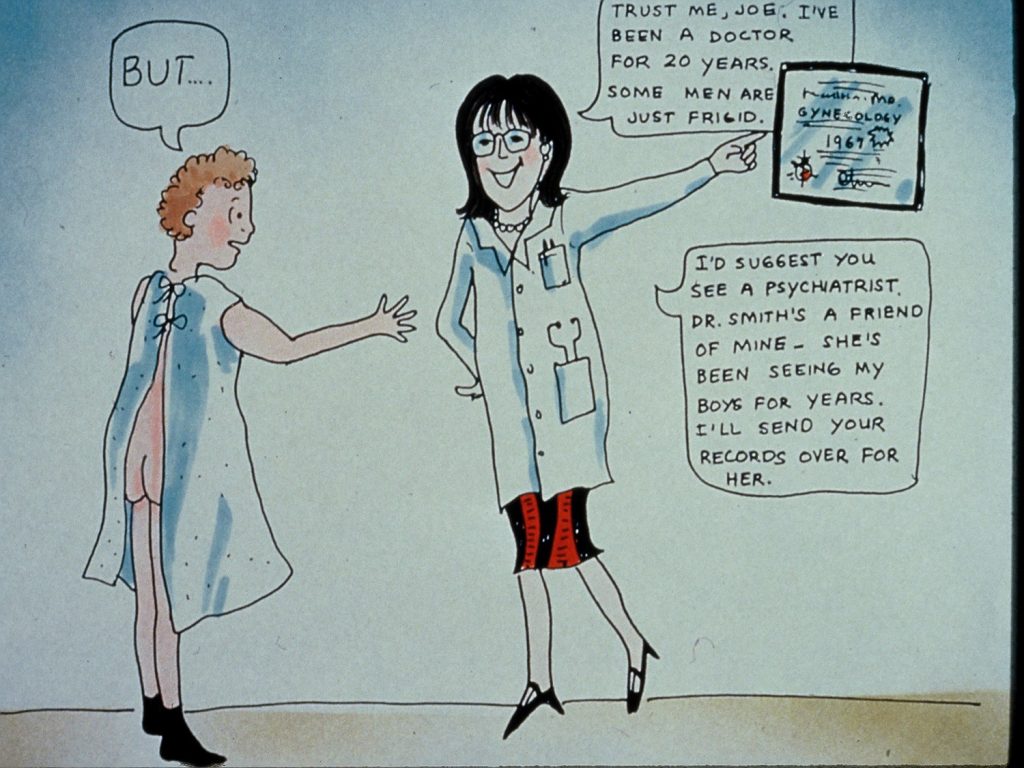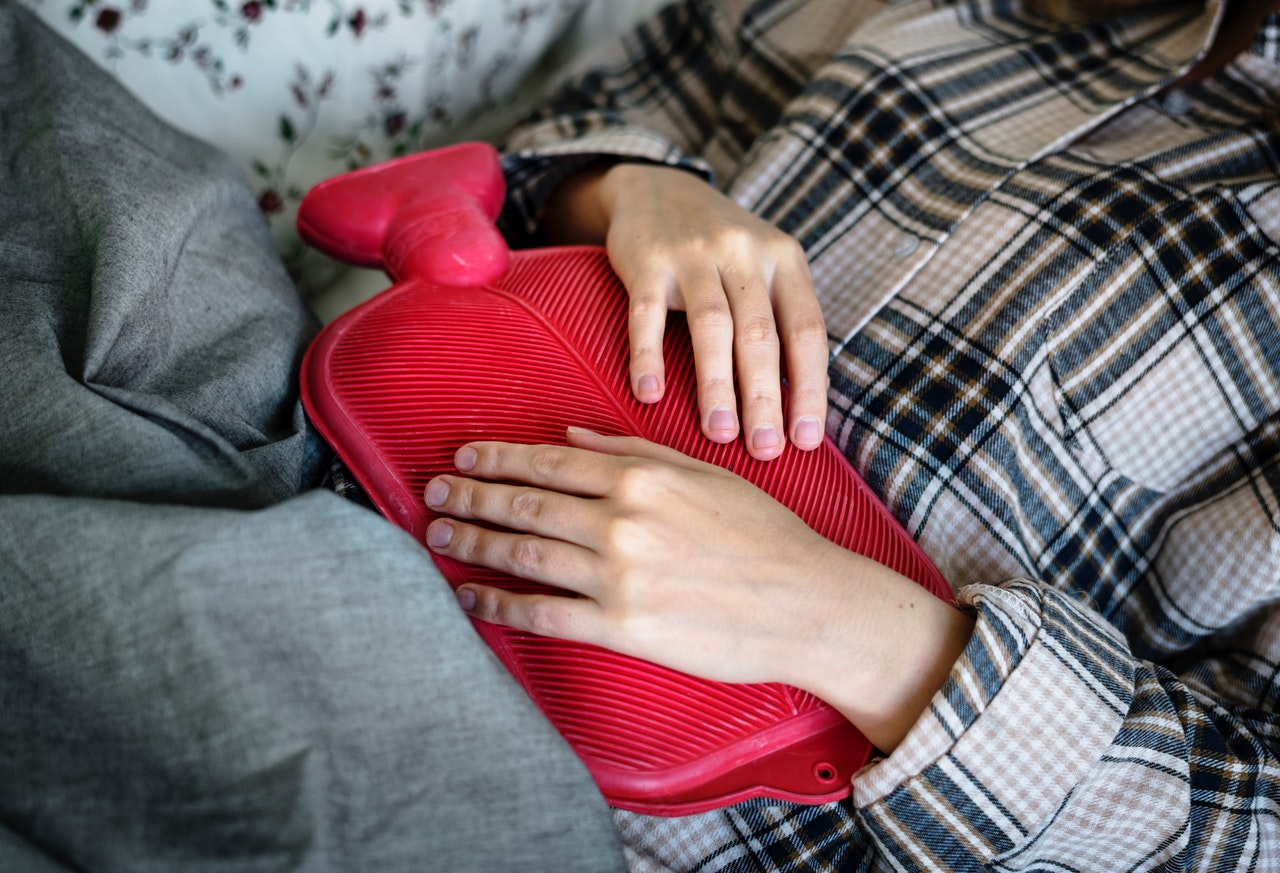Endometriosis is a condition that can cause pain and infertility, and it affects women of all ages. Despite the many advances in medical technology, endometriosis remains one of the most difficult diseases to treat. If you want to know more about treatment options available for endometriosis click on https://endometriosisassn.org/about-endometriosis/treatments.

While there are a number of different treatment options available, each has its own set of risks and side effects. If you are suffering from endometriosis, It is suggested to consult with a specialist to find out which option is best for you.
Endometriosis is a common condition that affects the reproductive organs, including the uterus and ovaries. It is caused by cells that grow in the wrong place and can cause pain, infertility, and other health problems. There is no cure for endometriosis, but treatments can help relieve symptoms and improve your quality of life.
The most common treatment for endometriosis is surgery. This may include removing the affected areas of the uterus through surgery or laparoscopy (a type of surgery that uses small cameras). Other treatments include medications, heat therapy, and radiation therapy. Some women also use fertility treatments to try to get pregnant. However, there is no cure for endometriosis, so treatments may not work for everyone.

